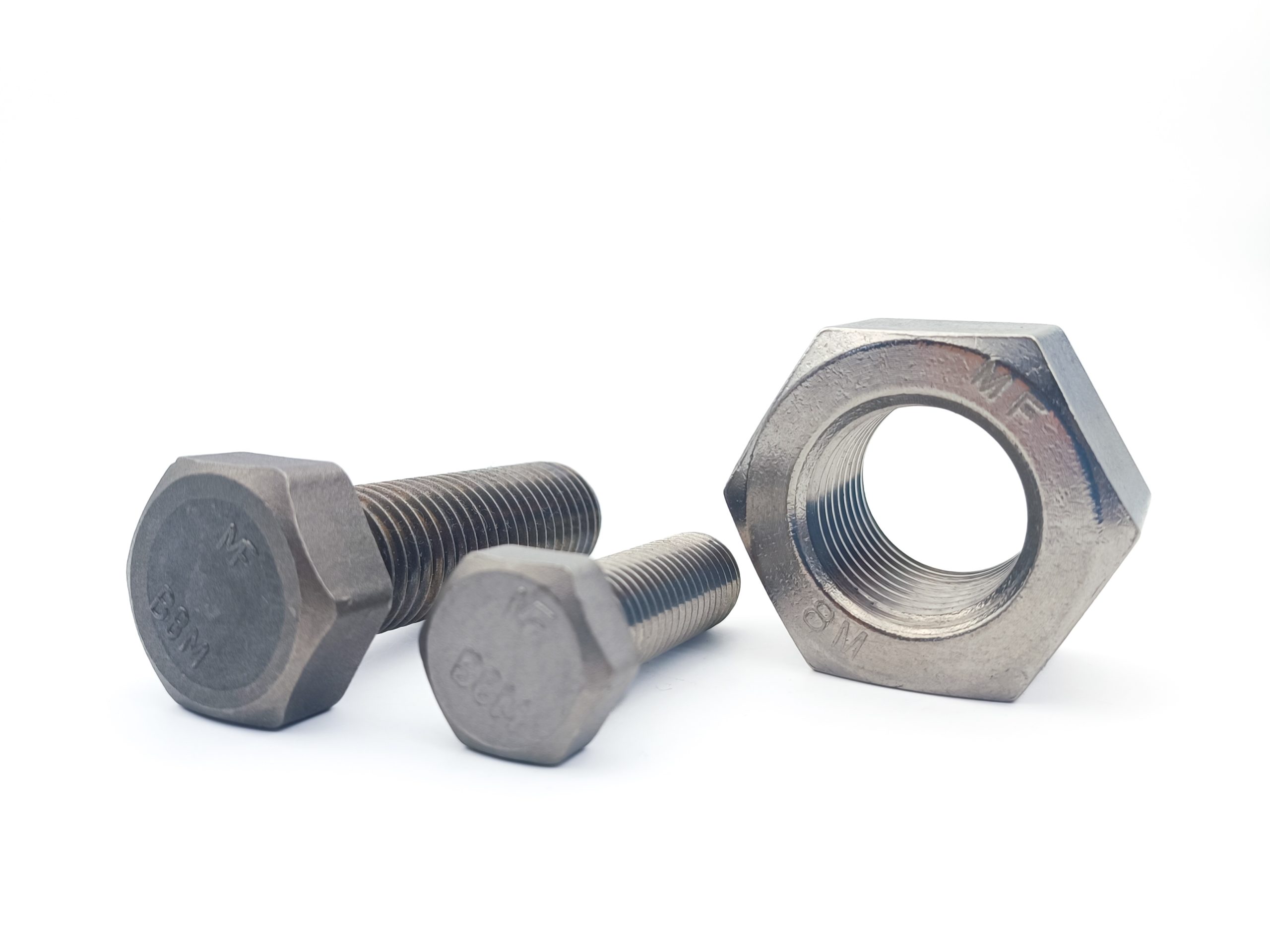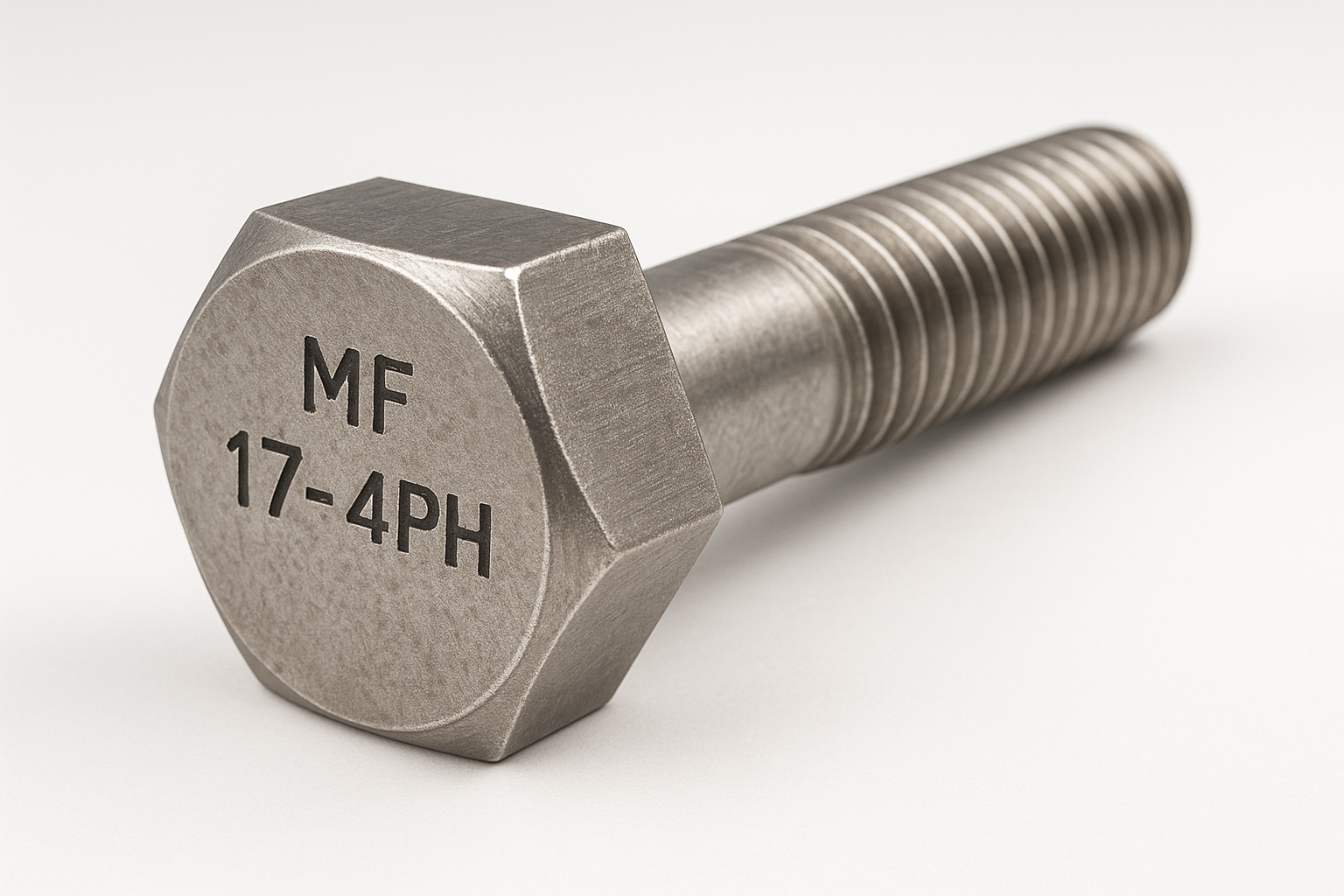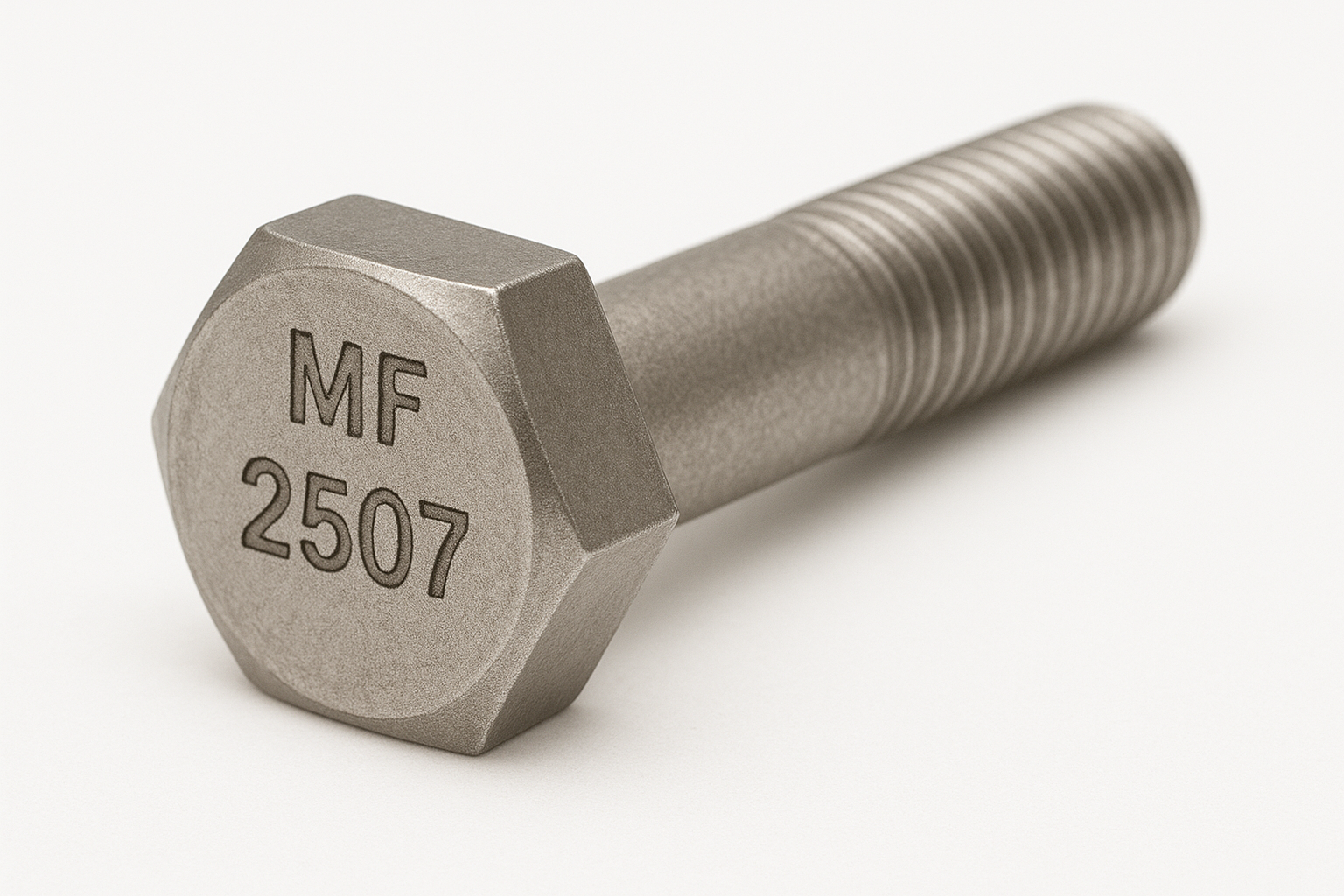Why choose ASTM A320 for cold environments
The alloys defined by the ASTM A320 standard are designed to provide tensile strength, toughness and resilience even at temperatures below 0°C. This makes the standard-compliant components ideal for applications where the risk of brittle fracture is a real danger. Specific heat treatments increase the strength of the materials even under continuous thermal shock and mechanical vibration.
Main steel grades according to ASTM A320
ASTM A320 includes several grades, each designed for a specific use:
- Grade B8: 304 stainless steel, suitable for clean and cold environments
- Grade B8M: 316 stainless steel, good for corrosive and cold environments
Each grade has specific requirements for processing, heat treatment and mechanical testing as indicated by the technical tables in the relevant ASTM standard.
Industrial applications of ASTM A320 material
Components made to the ASTM A320 standard are designed to deliver high performance in industries operating under extreme thermal conditions:
- LNG (liquefied natural gas) plants: cryogenic tank hardware and valves
- Cryogenic chemical industry: reactors, pressure connections, supporting structures
- Nuclear power plants: high precision and low temperature controlled environments
- Arctic offshore installations: structural fixings exposed to extreme conditions
The versatility of the standard also allows ASTM A320-compliant materials to be used in high-reliability settings such as pumping stations, drilling rigs and refrigerated process lines.
Compatibility between bolts and nuts
The ASTM A320 standard requires the proper combination with compatible nuts, which also usually conform to ASTM A194. This ensures consistent mechanical coupling and consistent performance under operating conditions. Examples of coupling include:
- ASTM A320 B8M → ASTM A194 Nut 8M
- ASTM A320 B8 → ASTM A194 Nut 8
The correct choice of nut is critical to avoid problems of chemical incompatibility or variations in thermal expansion between the two components.
Advantages of using ASTM A320 bolting.
The main advantages of ASTM A320 materials include:
- High resilience at low temperatures, even in the cryogenic environment (down to -192°C)
- High mechanical strength and durability
- Availability in multiple variants for different chemical and thermal requirements
- International certification in accordance with ASTM and EN 10204 standards
These properties make ASTM A320 bolting one of the safest and most efficient solutions.



